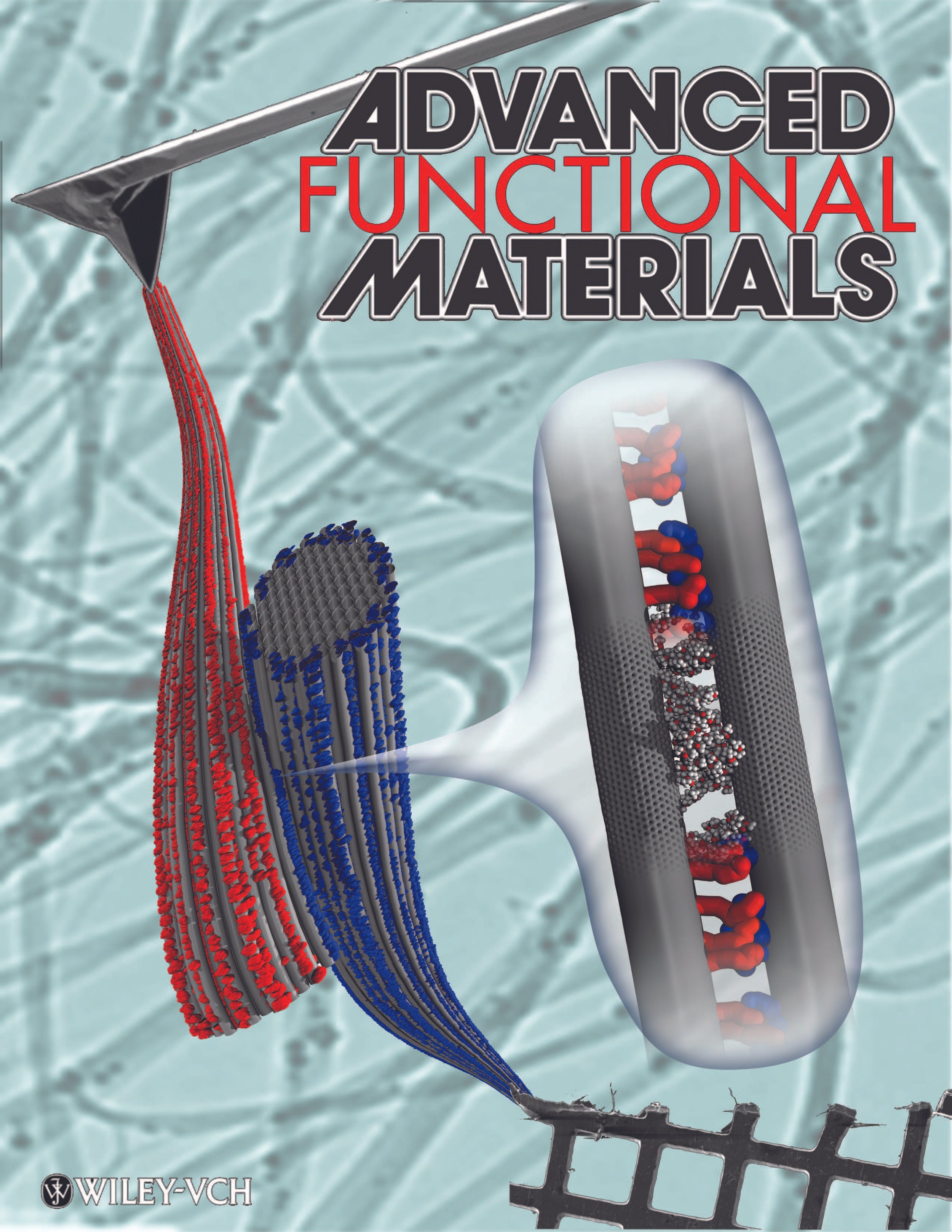Curriculum Vitae
Graham Bratzel
→
I’m a mechanical engineer in Seattle.
Since 2011, I’ve worked on:
Internet satellite constellation electronics
Aerospace, marine, and military power electronics
Reverse engineered rotables for commercial airplanes
Composite layup and inspection fixtures for helicopter rotor blades
I got my Masters at MIT, where I simulated the failure mechanics of electrospun carbon nanotube yarns and spider silk proteins on high-performance computing clusters, down to the individual atoms.
I got my Bachelors at Seattle University, where I researched carbon fiber composites and was part of a team that designed, built, and raced a different urban commuter trike every year.
Over summers, I also worked on:
Underwater nuclear fuel rod manipulators
X-ray fluorescence analyzers to calibrate alloy determination algorithms
Irradiated ceramic rods and titanium canisters the size of rice for brachytherapy
Work History
2022 – 2023
via H10 Capital
TPM: Technical Program and Project Manager IV
Management of several satellite electrical subsystems, their dates of delivery for internal testing and to other subsystem teams, and helping to juggle resources among those teams on the critical path.
Highlights:
Led team to resolve a PCBA test article bottleneck for automated testing leading into the satellite production ramp.
Refined a new dashboard style for top leadership to resolve broken dependencies across subsystems.
2017– 2022
Senior Mechanical Engineer
Mechanical design of airplane power electronics, from concepting and requirements capture with the customer, to prototyping, testing, and quality and production support.
Mechanical design: using Solidworks, with vibration analysis in ANSYS and thermal CFD in Solidworks Simulation.
Testing: on- and off-site environmental testing per DO-160 and MIL-STD-810. I designed test fixtures, added GD&T, and even modified some by hand. Then wrote the test procedures, test reports, and traded design changes.
Highlights:
Procured and managed the high-temp 3D printer for faster iterations on internal prototypes and PEI test tooling.
3D printed, smoothed, and painted a cosmetic fit check unit with D38999 connectors to check cable routing.
Designed injection molded chassis from ID surface model, and led fixing the cracking issue from the mold slider.
Led the transition to ASME Y14.41 MBD annotated models for more complex CNC geometry and CMM inspection.
Cost savings of over $200/unit by simplifying parts from molded to machined & from custom to COTS connectors.
2015– 2017
Mechanical Engineer & Certification Specialist
Reverse engineering of legacy airline hardware, including metrology, statistical analysis to justify tolerances, systems research for FMEA, materials analysis, and the creation of drawings for the new hardware. PMA certification with the FAA through DEA review.
Mechanical design ownership of airplane engine seals, bearings, and flight critical consumable components.
Research of failure modes and effects through systems manuals and collaboration with field techs.
Technical writing of 10 certification reports approved by the FAA with statistical analysis of tolerance and fit.
Rebuilt the 3D printer and product photography areas for better quality and ergonomics for process improvement.
2013– 2015
Design Engineer
Mechanical design of helicopter rotor blade production tooling and tight-tolerance fixtures using CATIA and PDM. Including knitting complex surfacing offset from customer-supplied solid models and repairing designs with iterations of those models.
Highlights:
Plant visit to troubleshoot and redesign other tooling for minimal impact on contracted schedule and budget.
Finished designs of more senior engineers into production, and mentored and onboarded junior engineers.
2011– 2013
Researcher: Mutli-scale Computational Materials Science
Using LAMMPS on high-performance computing clusters to simulate the mechanics of spider silk at the atomic level (including water molecules) to explain bulk material behavior, as well as simulating PVA-reinforced carbon nanotube electrospun yarn mats to explain the mechanics of lab-created samples and use biomimicry to improve the mechanics.
Highlights:
First in the lab to 3D print snapshots of simulated molecular failure. Hand-painted and made custom shadow box.
Presented at int’l conferences: simulations of composite fiber failure at the atomic level on supercomputer clusters.
Education
2009 – 2011
MSME: Master’s in Mechanical Engineering
Thesis: https://dspace.mit.edu/handle/1721.1/67610
First in the lab to 3D print snapshots of simulated molecular failure. Hand-painted and made custom shadow box.
Presented at int’l conferences: simulations of composite fiber failure at the atomic level on supercomputer clusters.
2005 – 2009
BSME: Bachelor’s in Mechanical Engineering
First in the lab to 3D print snapshots of simulated molecular failure. Hand-painted and made custom shadow box.
Presented at int’l conferences: simulations of composite fiber failure at the atomic level on supercomputer clusters.























